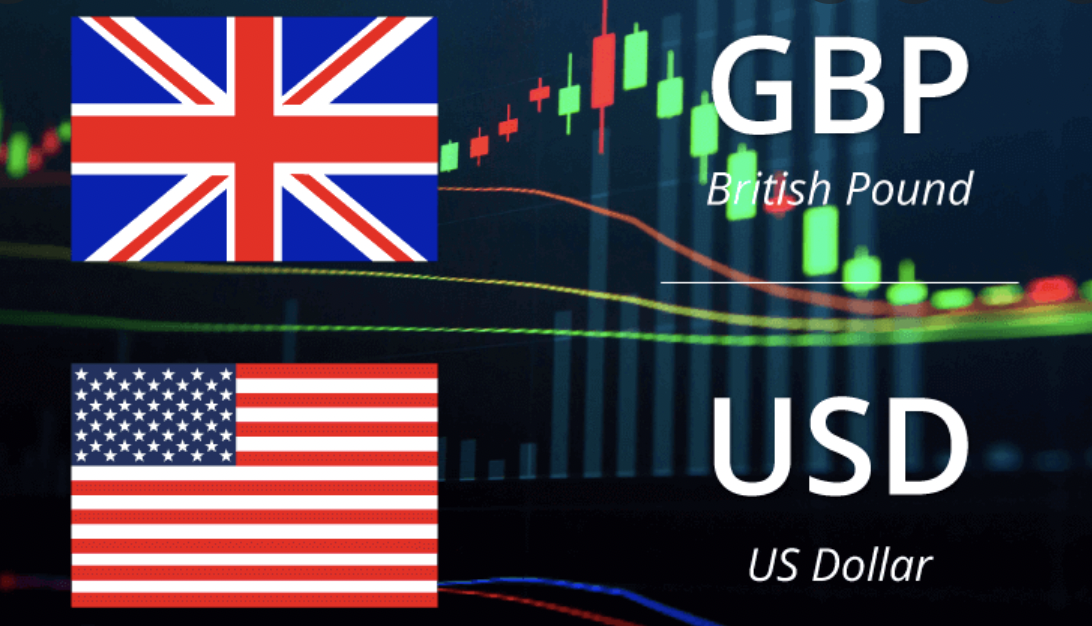GBP/USD flirts with 1.1550, a two-year low, amid pre-NFP jitters and UK recession concerns
GBP/USD has fallen to its lowest level in 29 months. Fears of a recession in the United Kingdom increase as energy costs rise. DXY reaches a new 20-year high as a result of stronger US data, aggressive Fed language, and robust rates.


There is nothing more important than the August employment data for the United States. GBP/USD ranges between 1.1540 and 1.1550 during Friday's Asian session, a day after touching a two-year low. In doing so, the Cable pair exemplifies the customary pre-NFP swings notwithstanding the UK's imminent recessionary fears.
According to British Chambers of Commerce (BCC) data released by Bloomberg, "the United Kingdom is already in a recession, and inflation is expected to reach 14% later this year." A coalition of groups titled "End Fuel Poverty" has warned that the number of UK families in fuel poverty would more than double in January to at least 12 million unless the next prime minister takes "immediate" action to reduce soaring energy costs.
It should be mentioned that Britain's Foreign Minister and a leading candidate for the UK's leadership, Liz Truss, said in a late-Wednesday Sun piece, "I would provide "urgent support" to guarantee that individuals do not face prohibitive fuel bills this winter."
Additionally exerting downward pressure on the GBP/USD exchange rate were stronger US data and hawkish Fed forecasts, not to mention the high US Treasury yields.
However, Atlanta Fed President Raphael Bostic stated that the Fed has a "far way" to go before inflation reaches 2%. In addition, the newly appointed president of the Dallas Fed, Lory Logan, joined his colleagues hardline US central bankers in stating, "Restoring price stability is our top objective."
In terms of data, the US ISM Manufacturing PMI for August was reported at 52.8 versus market forecasts of 52.0. In addition, the final August S&P Manufacturing PMI index surpassed earlier predictions of 51.3 to reach 51.5, compared to 52.2 in July. Similarly, US Initial Jobless Claims decreased to 232K from 248K anticipated and 237K previously. In addition, Unit Labor Cost increased by 10.2% quarter-over-quarter (QoQ) during the second quarter (Q2), compared to an expected increase of 10.7%, while Labor Productivity decreased by 4.1% during Q2, compared to an expected decline of 4.5% and a decline of -4.7% in the previous quarter.
Wall Street concluded with a mixed performance, but 10-year US Treasury rates surged to their highest levels since late June. Importantly, the two-year equivalent rose to the 15-year peak. It should be noted that the CME's FedWatch Tool indicates a 72% possibility of a September rate hike of 75 basis points, compared to approximately 69% previously.
In contrast, the Bank of England's (BOE) Decision Maker Panel survey of chief financial officers revealed on Thursday that predictions for consumer price inflation among British firms increased in August. In addition, a monthly survey conducted by Citi and YouGov revealed on Wednesday, as reported by Reuters, that British residents' predictions for average inflation over the next five to ten years soared to a record-high 4.8% in August, considerably beyond the Bank of England's inflation goal of 2%.
Moving forward, the markets are likely to experience anxiety in advance of the August Nonfarm Payrolls (NFP) and Unemployment Rate reports, which are anticipated to be 300K and 3.5%, respectively, compared to 528K and 3.5% previously. The probability of future US dollar strength cannot be ruled out if the jobs report reveals more robust data.
Bonus rebate to help investors grow in the trading world!

 English
English














